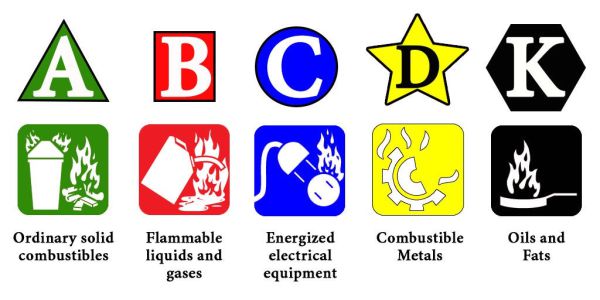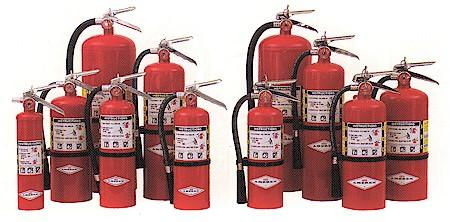Fire Extinguishers

Fire Extinguisher Types
The Essentials of Fire Extinguishers
There are many types of fire extinguishers. It is important to use the proper extinguisher for the specific job. It also needs to be noted that for a fire extinguisher to be effective the extinguisher must be:
- the right type/rating for the job.
- accessible and close at hand
- in good working order
- used on a fire that is still small
- used by a trained person
A full outline of fire extinguishers can be found here: Health and Safety Ontario – Fire Extinguishers
Examples of Fire Extinguisher Types and Usage
Fire Extinguisher Ratings
Classes of Fire Extinguishers
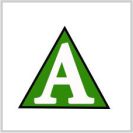 Class A Extinguishers
Class A Extinguishers
Class A Extinguishers work by cooling the area and will put out fires burning ordinary combustibles such as wood or paper and some plastics or textiles. These should not be used on liquid combustible fires because the fire may flare up or spread. The numerical rating indicates the equivalent cooling power of 1.25 US Gallons (4.73 liters) or water, eg. 3A would indicate a cooling power of 3.75 US Gallons (14.2 liters) of water.
 Class B Extinguishers
Class B Extinguishers
Class B Extinguishers work by smothering the flames, i.e. cutting off the oxygen and should be used on fires involving flammable liquids, such as grease, gasoline, oil, etc. The numerical rating for this class of fire extinguisher indicates the approximate number of square feet of a flammable liquid fire that a professional can expect to extinguish. Class B extinguishers can be used in place of Class A but may require some water to ensure the fire is completely extinguished.
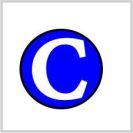 Class C Extinguishers
Class C Extinguishers
Class C Extinguishers are suitable for use on electrically energized equipment. This class of fire extinguishers does not have a numerical rating. Class C fires are essentially a Class A or Class B fire occurring on electrified equipment An Example of this would be a 20B:C would be used on an machine-oil fire occurring on an electric CNC machine. The presence of the letter “C” indicates that the extinguishing agent is non-conductive.
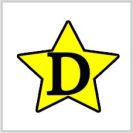 Class D Extinguishers
Class D Extinguishers
Class D Extinguishers are designed for use on flammable metals and are often specific for the type of metal in question. The relative effectiveness is detailed on the extinguisher nameplate for the specific combustible metal fire for which it is recommended. These extinguishers generally have no rating nor are they given a multi-purpose rating for use on other types of fires.
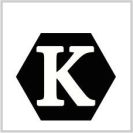 Class K Extinguishers
Class K Extinguishers
Class K fire extinguisher is used on fires involving cooking media (fats, grease, and oils) in commercial cooking sites such as restaurants. These fire extinguishers work on the principle of saponification i.e. the process of conversion of fat or oil into soap and alcohol by the action of heat in the presence of aqueous alkali. Saponification takes place when alkaline mixtures, such as potassium acetate, potassium citrate, or potassium carbonate, are applied to burning cooking oil or fat. The alkaline mixture combined with the fatty acid creates a soapy foam on the surface that holds in the vapors and steam and extinguishes the fire. These extinguishers are identified by the letter K.
Multi-Class Rated Fire Extinguishers
Many extinguishers available today can be used on different types of fires and will be labeled with more than one designation, e.g. A-B, B-C, or A-B-C.
Fire Extinguisher Installation & Inspection in Ontario
OVER 25 YEARS OF EXCELLENCE
Serving the following areas: Oakville, Milton, Burlington, Hamilton, Ancaster, Guelph, Kitchener, Cambridge, Brantford, Caledonia, Grimsby, Lincoln, Jordan Station, St. Catharines, Niagara-on-the-Lake, Thorold, Smithville, Pelham, Welland, Port Colborne, Fort Erie, Hagersville, Jarvis, Nanticoke, Port Dover, Simcoe, Waterford, Ohsweken, Saint George, Ontario, Canada
AVAILABLE 24-HOUR EMERGENCY SERVICE
P.O. Box 364,
4520 Jordan Road, Suite 1,
Jordan Station, ON L0R 1S0
